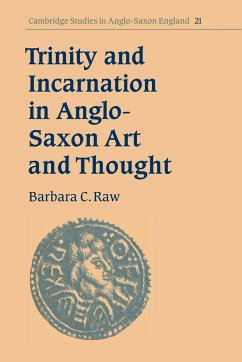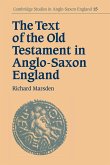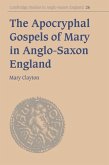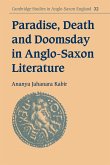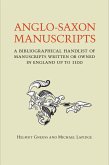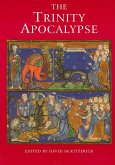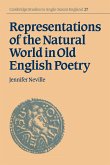An illustrated study of the theology of the Trinity as expressed in the literature and art of the late Anglo-Saxon period.
This book is a study of the theology of the Trinity as expressed in the literature and art of the late Anglo-Saxon period. It examines the meaning of the representations of the Trinity in tenth- and eleventh-century English manuscripts and their relationship to Anglo-Saxon theology, and to earlier debates about the legitimacy of representations of the divine. The book's unifying theme is that of the image: the image of the Trinity in the human soul; Christ, the perfect image and visible form of the invisible God; redemption as the restoration of the imperfect human image to its original likeness through contemplation of its divine archetype; prayer as an anticipation of the contemplation of heaven, and art as a form of contemplation. The book, which contains a selection of black and white illustrations, will be of interest to art historians, theologians and literary scholars alike.
Review quote:
'The value of this learned, lucid and attractively designed book is as an historical and iconographic overview rather than a theological critique - it is the work of one thoroughly at home in early medieval religious though and expression.' Journal of Ecclesiastical History
Table of contents:
List of plates; Acknowledgements; List of abbreviations and note on the text; Introduction; 1. 'At this time which is the ending of the world'; 2. 'If anyone wishes to be saved'; 3. God made visible; 4. Signs and images; 5. God in history; 6. Christ, the icon of God; 7. Symbols of the divine; 8. Art, prayer and the vision of God; Bibliography; Index.
This book is a study of the theology of the Trinity as expressed in the literature and art of the late Anglo-Saxon period. It examines the meaning of the representations of the Trinity in tenth- and eleventh-century English manuscripts and their relationship to Anglo-Saxon theology, and to earlier debates about the legitimacy of representations of the divine. The book's unifying theme is that of the image: the image of the Trinity in the human soul; Christ, the perfect image and visible form of the invisible God; redemption as the restoration of the imperfect human image to its original likeness through contemplation of its divine archetype; prayer as an anticipation of the contemplation of heaven, and art as a form of contemplation. The book, which contains a selection of black and white illustrations, will be of interest to art historians, theologians and literary scholars alike.
Review quote:
'The value of this learned, lucid and attractively designed book is as an historical and iconographic overview rather than a theological critique - it is the work of one thoroughly at home in early medieval religious though and expression.' Journal of Ecclesiastical History
Table of contents:
List of plates; Acknowledgements; List of abbreviations and note on the text; Introduction; 1. 'At this time which is the ending of the world'; 2. 'If anyone wishes to be saved'; 3. God made visible; 4. Signs and images; 5. God in history; 6. Christ, the icon of God; 7. Symbols of the divine; 8. Art, prayer and the vision of God; Bibliography; Index.

